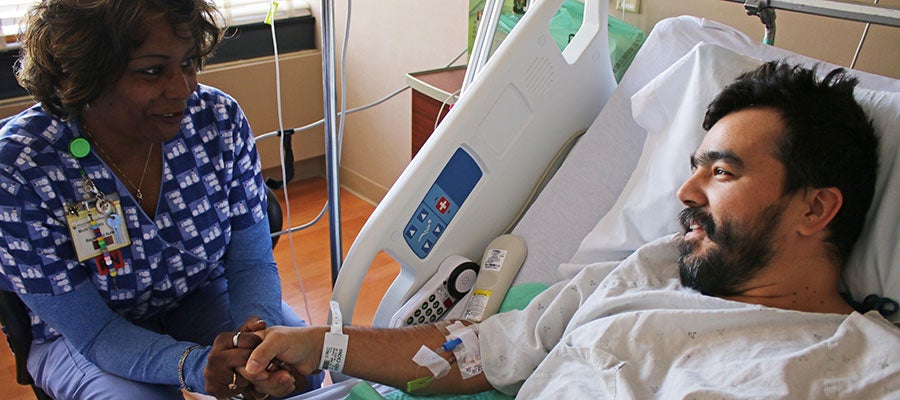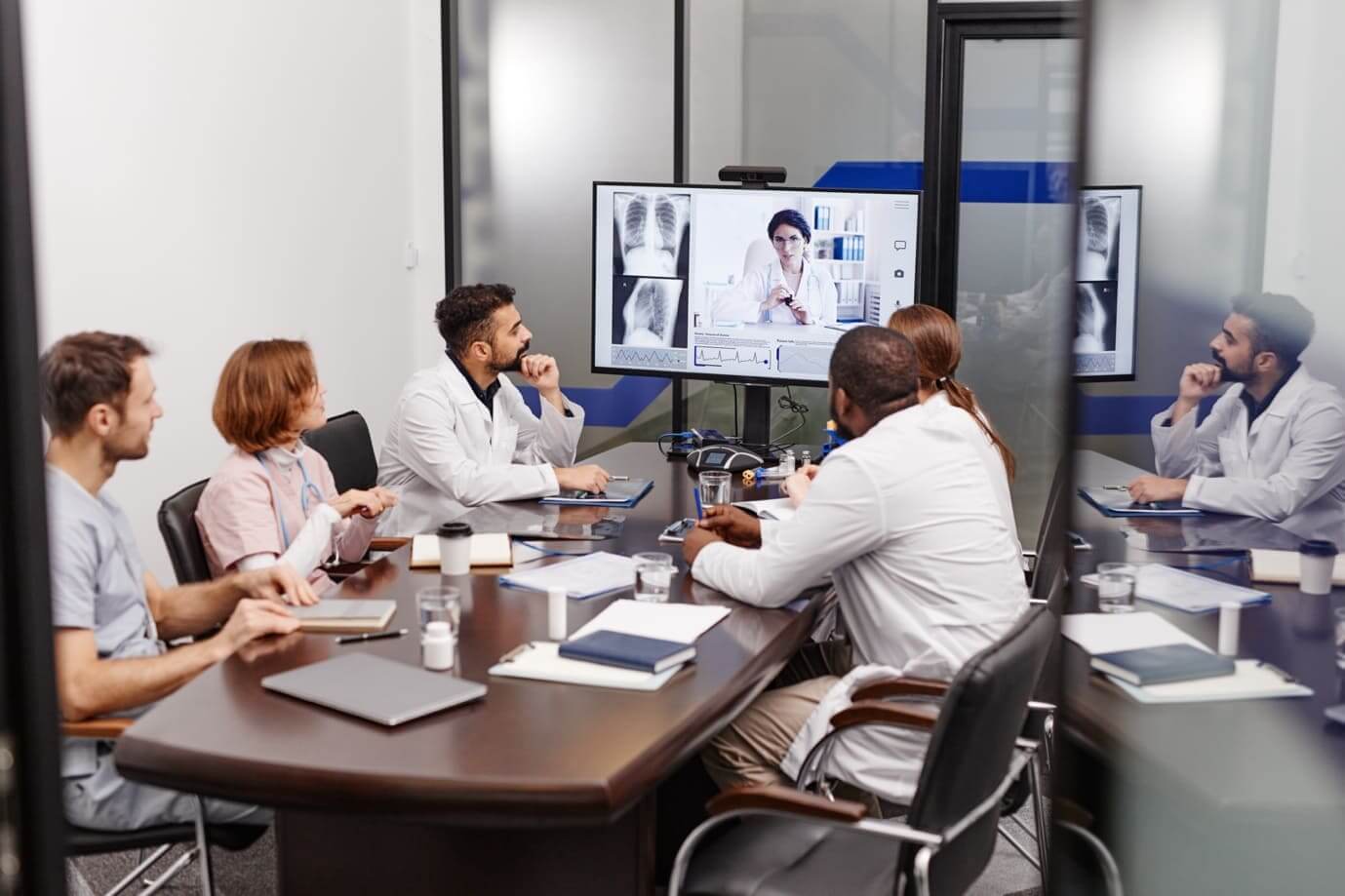The Responsibilities and Skills of a Clinical Safety Officer in Modern Healthcare Settings
The Responsibilities and Skills of a Clinical Safety Officer in Modern Healthcare Settings
Blog Article
The Necessary Role of a Clinical Safety And Security Police Officer in Ensuring Client Wellness

Overview of Scientific Security Police Officers
Professional Safety Policemans play a critical duty in the medical care system, functioning as the linchpin in between medical method and client security. These experts are entrusted with recognizing, assessing, and mitigating dangers related to person treatment, making sure that healthcare distribution is both effective and secure. Their knowledge is important in promoting a culture of security within medical care companies, where continual renovation is critical.
CSOs have a deep understanding of scientific processes and are skilled in regulative requirements and best techniques. They work together very closely with different stakeholders, including medical team, administrators, and security boards, to promote patient-centered care while decreasing possible damage. Their duty is not simply responsive; they also proactively apply safety protocols and educational initiatives to improve staff awareness and competence regarding client safety and security.
In Addition, Scientific Safety Policemans participate in data evaluation to keep an eye on security fads and recognize areas for improvement. By leveraging evidence-based techniques, they add to the development of policies and treatments that line up with both clinical quality and regulative conformity. Inevitably, CSOs serve as supporters for individuals, guaranteeing that security stays at the forefront of health care delivery and sustaining a resilient healthcare system.
Key Duties of CSOs

Furthermore, CSOs play a vital role in creating and imposing safety methods and guidelines. They team up with multidisciplinary teams to make sure compliance with neighborhood, state, and government regulations, therefore cultivating a culture of security within the organization - Clinical safety officer. CSOs also provide ongoing education and learning and training for healthcare personnel, highlighting the relevance of safety methods and motivating coverage of safety problems
CSOs offer as advocates for patients, ensuring their voices are heard in safety discussions, which ultimately contributes to creating a safer medical care setting. With these extensive obligations, Medical Safety Officers dramatically influence the general high quality of care supplied to individuals.
Value of Client Safety

The relevance of client safety and security expands past individual clients; it favorably affects medical care systems in its entirety. High security criteria can result in lowered healthcare prices through fewer problems and much check shorter healthcare facility remains. Furthermore, a society of safety advertises constant understanding and improvement within health care companies, enhancing the general efficiency of care shipment.
Additionally, client security campaigns are vital for satisfying certification criteria and maintaining public confidence in healthcare institutions. As individual safety and security comes to be increasingly acknowledged as a crucial efficiency indication, companies that prioritize it position themselves as leaders in high quality care. Eventually, cultivating a durable person safety and security environment is important for attaining optimum wellness end results and ensuring the well-being of patients in any kind of healthcare setting.
Strategies for Risk Management
Implementing reliable risk management strategies is essential for reducing potential hazards in medical care setups. An aggressive technique begins with extensive risk analysis, which entails recognizing prospective dangers and vulnerabilities within clinical procedures. This evaluation ought to be frequently updated to reflect adjustments in procedures, innovations, or person populaces.
Education and training are essential components of danger administration. Healthcare specialists need to be geared up with knowledge about safety and security methods and protocols, allowing them to recognize and react to threats efficiently - Clinical safety officer. Regular workshops and simulation workouts can enhance their readiness
Using information analytics is another Related Site vital technique. By analyzing occurrence records and person outcomes, medical care organizations can recognize patterns that indicate areas of issue. This data-driven strategy permits targeted treatments to mitigate determined risks.
Additionally, developing clear communication networks amongst staff is crucial. Motivating open discussion about security problems fosters an atmosphere where concerns can be reported and resolved immediately. Lastly, carrying out standard procedures and checklists can assist enhance operations and decrease the chance of mistakes.
With each other, these strategies produce a durable structure for taking care of threats, ultimately improving patient safety and security and care top quality in healthcare environments.
Cultivating a Security Culture
Producing a culture of security within health care organizations is vital for maintaining efficient threat monitoring initiatives. This society promotes an atmosphere where personnel really feel encouraged to report and identify safety issues without concern of revenge. A Professional Safety and security Police officer plays an essential role in instilling this culture, leading initiatives that promote openness, liability, and constant discovering.
To cultivate a safety and security culture, companies have to focus on open communication. Normal training sessions and workshops can enhance the abilities of staff members, enabling them to recognize and mitigate possible threats. Additionally, applying a durable reporting system urges personnel to share events and near-misses, supplying important information for future avoidance techniques.
Management commitment is necessary; administration should exhibit safety-focused habits and proactively join safety initiatives. By recognizing and awarding safe techniques, organizations can better enhance the value of security in day-to-day operations.
Verdict
The function of the Professional Safety and security Policeman is essential in progressing client safety and security within healthcare setups. By executing effective danger management methods and cultivating a culture of security, CSOs contribute dramatically to reducing clinical mistakes and boosting the high quality of treatment. Continuous education and learning and proactive investigation of damaging events additional strengthen their influence on person well-being. Eventually, the commitment of Professional Safety Policemans offers to build rely on medical care systems and advertise ongoing enhancements in scientific technique.
The Scientific Security Policeman (CSO) is important to the medical care landscape, offering as a critical web link in between scientific operations and patient security procedures.Scientific Security Officers play an essential role in the healthcare system, serving as the cornerstone in between scientific practice and patient safety. Their role is not simply reactive; they additionally proactively apply security protocols and educational initiatives to improve staff awareness and capability relating to client pop over here safety and security.
The role of Professional Security Officers incorporates a large range of responsibilities that are important to boosting individual safety and care top quality.The function of the Clinical Safety and security Police officer is important in advancing individual safety within medical care settings.
Report this page